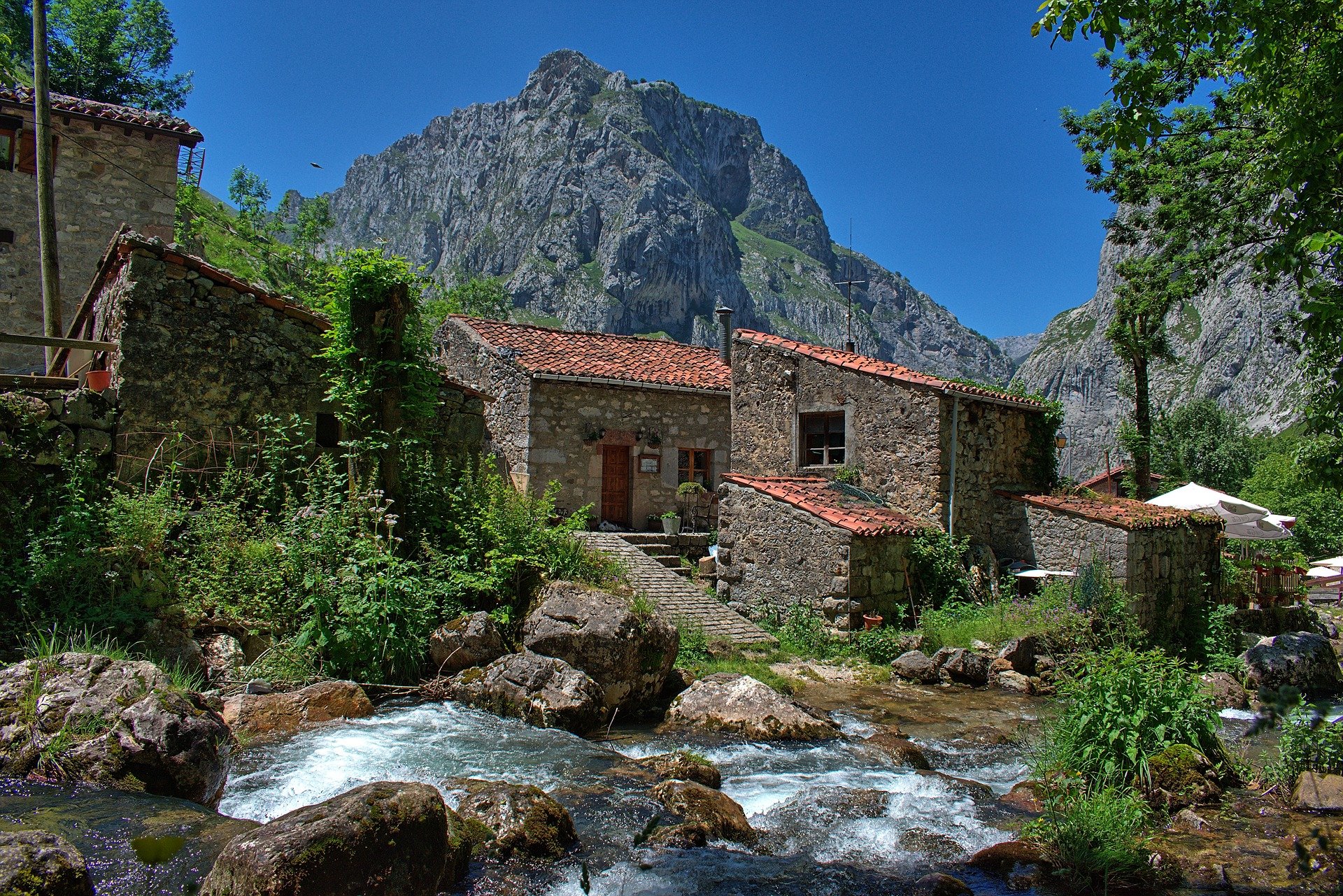
Official UK partner to the Paradors, Pousadas, Pestana Hotels & Resorts, Les Collectionneurs (Chateaux), and European Hotels Collection. Keytours International, formerly Keytel International, your agent in the UK.
Lorna Roberts is undoubtedly a Parador expert having explored every nook and cranny of Spain and visiting almost all of the Paradors throughout her experience as their Irish Agent and leading numerous escorted tours across Spain using these wonderful hotels.
Here she shares her knowledge of the Balearic Islands and their Paradors:
The BALEARIC ISLANDS are situated in the Mediterranean Sea approximately 200 Km from the mainland of Spain. There are 4 main islands: From north to south – Menorca, Mallorca, Ibiza and Formentera, and a smaller island of Cabrera south of the coast of Mallorca as well as numerous small islands. They have a varied history dating back to the Phoenician era, with evidence of Greek, Carthaginian, Roman, Byzantine and Arab times. The islands are best known for their ideal climate and idyllic coastal scenery. There are two languages spoken.
AIRPORTS & FERRIES: There are international airports at Palma on Mallorca, at Mahon on Menorca and on Ibiza. The other islands can only be reached by ferry. There are regular ferries to the main islands from Barcelona, Valencia, Denia and Alicante on the Spanish mainland.
MENORCA is different from the other islands as it is relatively flat with Monte Toro being the highest point at 358 metres. There are prehistoric remains and evidence of the different periods of history, including many colonial buildings Watch towers stand above the coast which has a mixture of long sandy beaches, small rocky coves, a beach of dark pebbles and wetlands. The natural vegetation is highly protected with numerous varieties of wildflowers and this is also a bird watchers’ paradise as many migratory birds visit the island. In 1993 it was declared a UNESCO Biosphere Reserve. As it controlled the Western Mediterranean for many years it has much evidence of its varied past. Mahon (Mao in Catalan), the capital, is at the eastern end of the island.
FORMENTERA is the most southerly of the main islands, a short ferry journey from Ibiza. Being only 83 Square kilometres much of the island can be explored on foot or by bicycle.
The island is flat with sand dunes, wetlands, nature parks and sandy beaches backing bright blue seas. It is, therefore, a paradise that has retained all its charms without the rush of mass tourism. It is thought that it was the first of the Balearics to be occupied as seen in the megalithic sepulchre of Ca na Costa and there is evidence of Phoenician, Carthaginian, Greek, Roman and Nordic settlements in various parts of the island. The small capital is Saint Francisco Xavier (Sant Francesc de Formentera in Catalan).
MALLORCA is the largest and most visited of the islands and known as “The Pearl of the Mediterranean”. There are many resorts with long sandy beaches on the south coast, on either side of Palma, which is the capital city of both the island and the region.
The north coast, in contrast is a series of small coves beneath dramatic cliffs where the mountain range, the Sierra de Tramontano, reaches the sea. There are longer sandy beaches in the bays of Pollensa and Alcudia, close to the north western headland of Cap Formentor. It is in the Tramontano range that Puig Mayor, the Balearics’ highest mountain rises to 1445 metres. In the foothills of the mountains are the 13th century monastery at Lluc and the 14th century monastery at Valdemossa.
PALMA is the capital of the island and the province. It is a most attractive city with the Cathedral crowning one end of the harbour and Bellver Castle on a hill at the other end. The old town around the Plaza Mayor is behind the Cathedral. There is only one railway in the Balearics. This 27 Km railway was opened in 1912 from Palma through the mountains to Soller, where it links with a tram to Puerto de Soller, one of the prettiest coves on the north coast. There are many smaller islands and islets around the large islands, too numerous to mention except for CABRERA, a small island with 18 islets around it, lies south of Mallorca and is connected by ferry to Sant Jordi, close to Cap Salines, the most southerly point of Mallorca. Cabrera has been protected as a Maritime Natural Park since 1991 so that only parts of the island can be visited in order to preserve the wealth of nature as it has over 450 species of plants and 150 varieties of birds.
IBIZA (Eivissa in Catalan) is south of Mallorca. It has been declared a UNESCO World Heritage Site, partly to preserve its history dating back to Phoenician times, partly to protect the Dalt Vila, the historic centre around the Cathedral and Castle, and partly for its nature reserve which protects underwater plants, said to be the best preserved in the Mediterranean Although Ibiza has a reputation for its nightlife, most of the island is a peaceful, tranquil place renowned for its glorious coastline, pine forests, almond groves, nature reserves and abundance of flora and fauna. The city of IBIZA is the capital of the island.
The Dalt Vila, the walled old town of Ibiza with its narrow streets overlooks the harbour. There is no Parador in the Balearics but a new one will be built in the castle at the top of the town.
If you are interested in escorted tours to the Paradors, please contact us. Lorna can tell you virtually everything there is to know about the Paradors of Spain, and she will be very happy to arrange all your booking requirements.